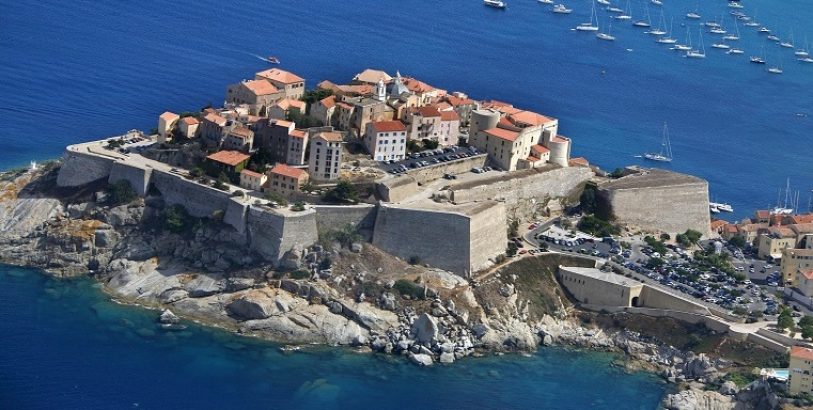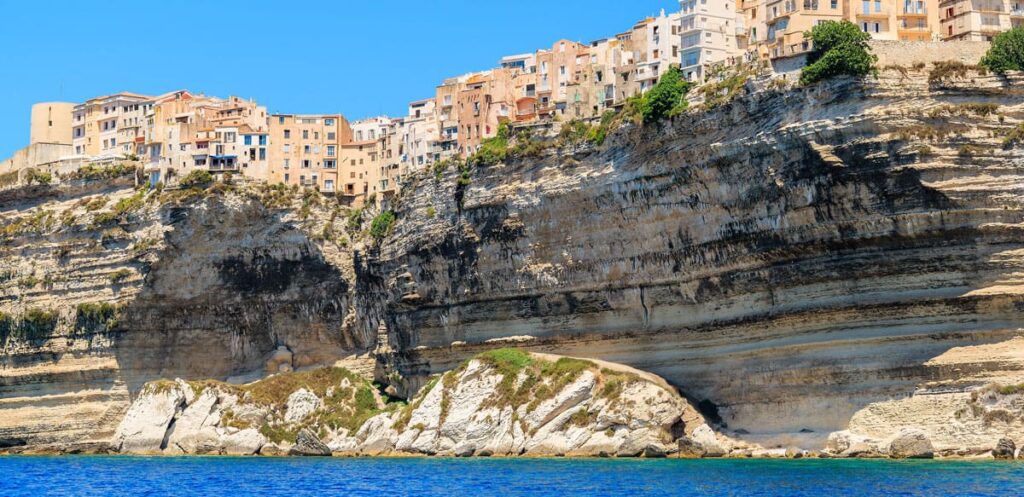Corsica makes it possible to combine walking and wine tasting. The island offers a striking diversity of landscapes. It also offers a unique wealth of vineyards. For Corsican wine tourism enthusiasts, certain itineraries are well worth the detour.
If you're interested in wine-related articles, download our app for IOS or Android. It will give you access to our wine lexicon, our articles and our innovative solution, designed for all wine consumers and collectors.
Why combine hiking and wine in Corsica?
Corsica is distinguished by its contrasting relief. Between the sea and the mountains, vineyards stretch across a wide variety of terrain. Some are planted on hillsides, others line coastal paths. These particularities produce wines rich in character and close to the terroir.
For hikers, there are routes that are accessible even to beginners. Many wine cellars are open to visitors. Producers welcome visitors in a warm and friendly atmosphere. This creates an authentic experience, quite different from conventional wine tastings.
Balagne: between trails and family estates

The Balagne region, in the northwest of the island, is a paradise for wine lovers and walkers. Several coastal paths link the villages of Lumio, Algajola and Sant'Antonino. These villages are either hilltop or seaside, often close to small vineyards.
Domaine Maestracci, near Feliceto, is well worth a visit. This family-run vineyard grows native grape varieties such as sciaccarellu and niellucciu. After a few kilometers up the hill, you'll reach their cellar. A tasting session overlooking the mountains awaits you.
Patrimonio: a Mecca for wine-tasting hikes
Patrimonio is one of the island's most famous vineyards. This appellation is located not far from Saint-Florent. The region offers several hiking trails. Some start at the Ostriconi beach and climb up to the vineyards.
Domaine Leccia, a local landmark, offers tastings by appointment. The trail passes through the vineyards. This allows you to observe the clay-limestone soils typical of this area. An ideal stopover for those who want to experience a real wine tasting experience on a hike.
Cap Corse: wine and panoramic views at altitude
Cap Corse offers a different atmosphere. Here, cliffs plunge into the sea. Vineyards rise from steep terraces. The customs trail between Macinaggio and Centuri is one of the most beautiful in the north of the island.
Along the way, several wineries open their doors. Clos Nicrosi, in particular, embodies the Cape's winegrowing identity. Here, you can enjoy white wines with saline and floral aromas. These wines reflect the direct marine influence.
Bonifacio and Porto-Vecchio: a southern version of Corsican wine tourism

The south of the island also offers interesting experiences. In Bonifacio, you can combine coastal hiking with visits to small estates. The cliff path leads to breathtaking panoramas. Sometimes it leads to discreet wineries.
Domaine Zuria, for example, makes the most of local grape varieties grown on limestone terroirs. Here, you can taste crisp whites and fruity reds, all produced on a small scale. The paths leading to the vineyards offer a real immersion in the landscape.
Tips for organizing a wine tasting while hiking
Before you leave, a few preparations are essential. It's best to call the estates in advance. Some only open by appointment. Check opening times, especially in the off-season.
Choose itineraries suited to your physical condition. A hike that's too intense can spoil the experience. Choose circuits of between 5 and 10 kilometers with little change in altitude.
Why is wine tourism so attractive in Corsica?
Corsican wine tourism is based on a perfect balance. It combines raw nature, a warm welcome and Corsican wines to discover. Far from the industrial circuit, Corsica offers intimate, human experiences that are often surprising.
The winemakers are happy to explain their choices, their terroirs, their challenges. Contact is unfiltered. Each tasting tells a story. More and more wine-lovers are drawn to this proximity in search of meaning.
Sustainable and responsible tourism
Finally, combining walking and tasting is part of a respectful approach. Less car, more contact with the earth. You'll reduce your footprint while experiencing some great moments.
It also encourages a fairer local economy. Small producers sell directly, without intermediaries. This enhances the value of their work and preserves Corsica's rural heritage.
If you enjoyed this article, please read the following one "Argentina wine tour: from Mendoza to the Andes"which may also be of interest to you!





